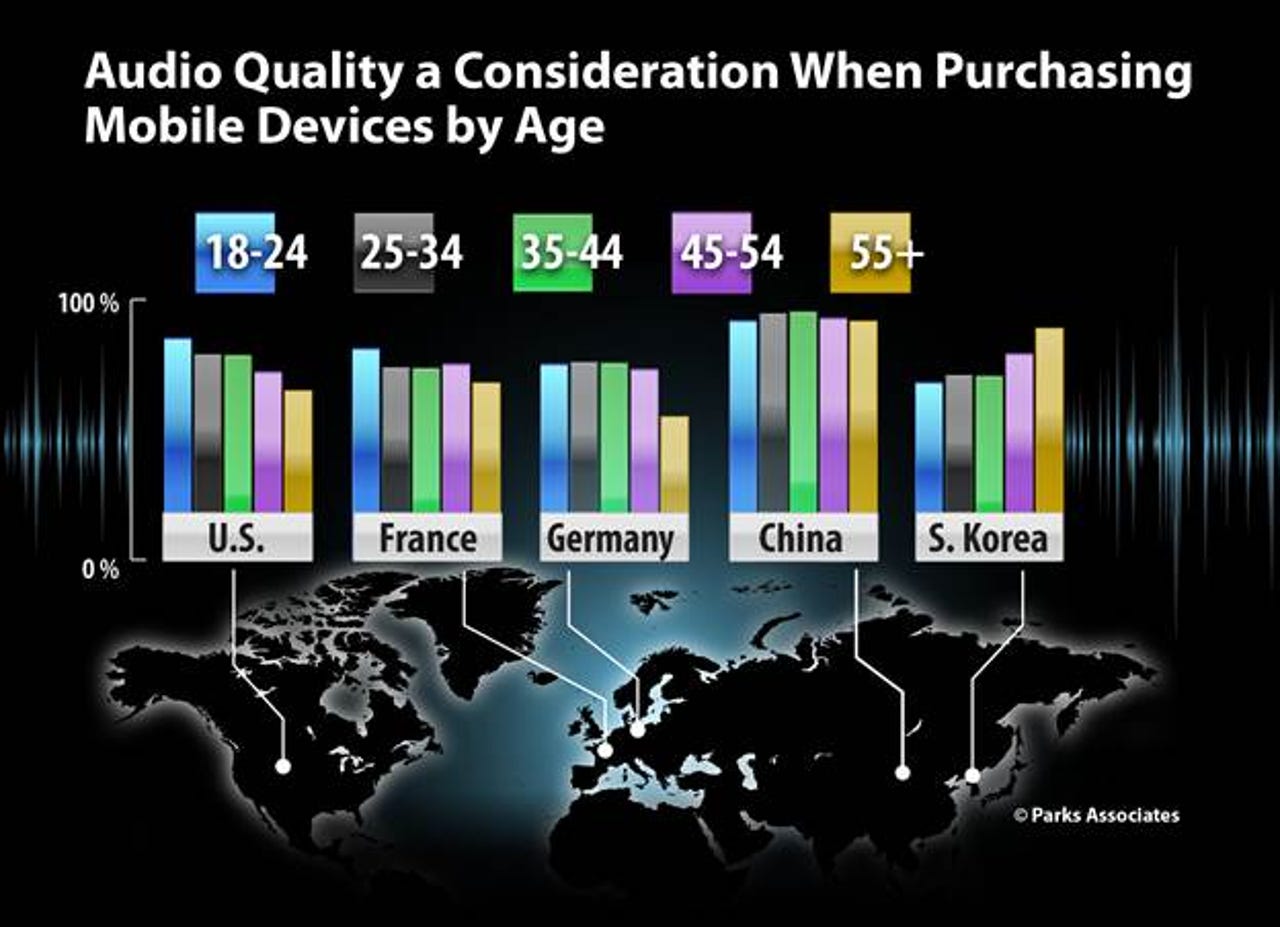Qualcomm baking Dolby Digital Plus directly onto chips to save time, money

Qualcomm is adopting Dolby Digital Plus into its silicon platform for the production of high-definition entertainment experiences on mobile devices.
Announced amid Mobile World Congress in Barcelona this week, the duo are framing this collaboration as a way to decrease both development costs and time-to-market for device makers.
For the mobile operators, Qualcomm and Dolby attested they'll be able to work quicker and better with OEM partners because Dolby's technology is built directly into the chipset, which should eliminate implementation hurdles.
Perhaps most importantly (at least for the end user), the Dolby-integrated strategy is also said to reduce hindrances on a device's battery life.
Dolby reiterated its interest in building new sound technologies for mobile devices, in particular, in a blog post on Friday.
Citing a company report about mobile and sound technologies, Dolby found that (in the United States, at least) younger consumers were the most likely to say that audio quality on entertainment features is a consideration when purchasing a mobile device.
Specifically, 85 percent of tablet and smartphone owners between the ages of 18 and 24, and 79 percent of those between the ages of 25 and 44, replied that audio quality is a consideration -- compared to only 65 percent of respondents over the age of 55.
Here's part of the explanation, according to Dolby:
Until they’ve heard it for themselves, many people find it hard to believe that it’s possible to get surround sound even from small mobile devices. They’ve gotten used to low-quality sound on smartphones and tablets, and their expectations are very low.

For reference, Dolby's survey was conducted by Parks Associates, which polled tablet and smartphone owners in the United States, France, Germany, China, and South Korea
Image via The Dolby/Lab Notes blog